Imagine an innovation so transformative that it could redefine industries. Indonesia, a nation known for its breathtaking landscapes, has quietly emerged as a powerhouse in the world of anti-corrosion technology. But it's what lies beneath this unexpected development that will truly amaze you.
With corrosion costing industries trillions annually, there's never been a more critical time to shine a light on these revolutionary advancements. As Indonesia steps into the spotlight, the implications for global trade and technology are immense.
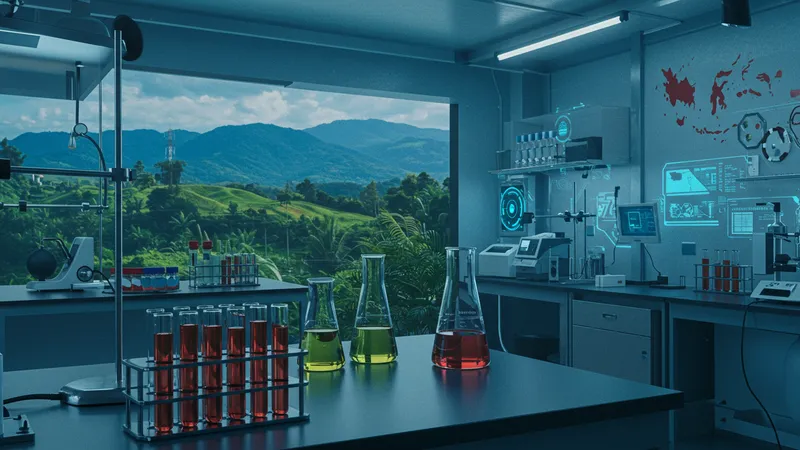
Indonesia’s anti-corrosion innovation traces back to a rare mineral found only in its volcanic soils. Harnessing this resource has led to eco-friendly solutions that outperform traditional methods. But that's not even the wildest part—the secret is as old as the earth itself.
Diving deeper reveals a surprising collaboration between local artisans and international scientists, blending ancient techniques with cutting-edge research. The synergy from this fusion is something no one saw coming. But wait until you discover the untold stories behind these breakthroughs…
The journey of innovation doesn’t stop here. What happens next shocked even the experts, raising new questions about future possibilities. Brace yourself for a trail of discoveries that will reshape the way we think about protection against corrosion.
The story begins in the remote islands where indigenous communities have long utilized ash from volcanoes to preserve ancient artifacts. These preservation techniques, once considered primitive, have gained renewed interest due to their remarkable efficacy. Scientists were astounded to discover the mineral composition resisted corrosion better than modern-day coatings.
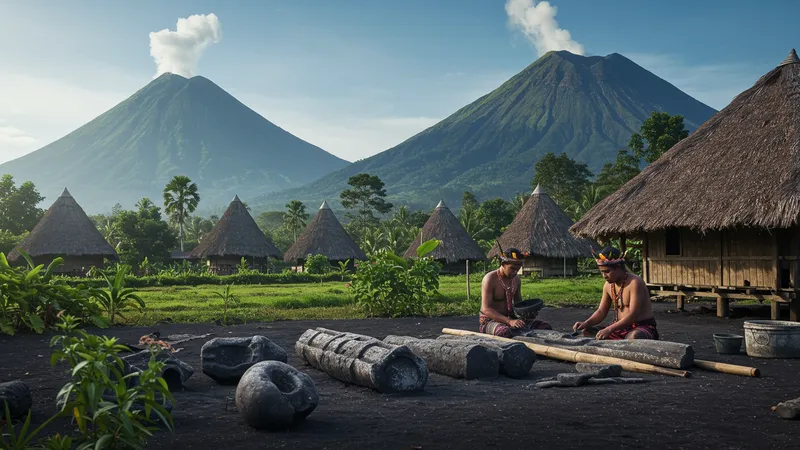
Volcanic ash isn't just resisted to the tropical conditions of Indonesia; it thrives there. Local traditions that celebrated this mineral have now been vindicated as scientific revelations spotlight the substance's properties. This newfound understanding bridges the past and future, offering innovative possibilities. But there's another layer to this saga that's truly astonishing.
Enter the scientists: by collaborating with artisans, they unlocked a sustainable formula that could potentially replace chemical-based solutions. This partnership not only highlights the importance of cultural wisdom in modern tech but also presents a market-friendly alternative to damaging substances. However, there's an unexpected twist that gives this development an extra edge.
Experts believe these hybrid techniques could revolutionize sectors beyond traditional industries, reaching into electronics and aerospace. Imagining high-tech gadgets protected by the same minerals that preserved ancient temples leaves us on the precipice of a technological revelation. What you read next might change how you see corrosion prevention forever.
Indonesia's innovation story isn't just about technology; it's about an unusual alliance that defies modern trends. Scientists and traditional artisans have pooled their knowledge, creating solutions that marry the best of two worlds. This collaborative effort not only defies norms but also expands effectiveness in ways previously unimagined.

The synergy between ancient methods and scientific research has thrown industry experts into a state of excitement. By harmonizing cultural wisdom with cutting-edge technology, Indonesia is setting a precedent for how countries can cultivate innovation. But how deep does this collaboration run, and what opportunities remain unexplored?
Interestingly, many involved in this development argue that respecting traditional knowledge has unlocked potential that pure science might have missed. This insight underscores the value of openness and diversity in the creative process, offering pathways to breakthroughs that might otherwise remain hidden.
As industries worldwide begin to look toward Indonesia, the demand for these anti-corrosion solutions rises. Yet, despite the progress, one crucial question lingers: Could broader applications turn this discovery into a global phenomenon? But there's one more twist in this story that must not be overlooked.
The benefits of Indonesia’s anti-corrosion advancements aren’t just technical; they’re also environmental. Traditional anti-corrosion methods often involve harmful chemicals and processes, but the mineral-driven approach is naturally eco-friendly. This shift presents an economically viable alternative that layers protection with responsibility.
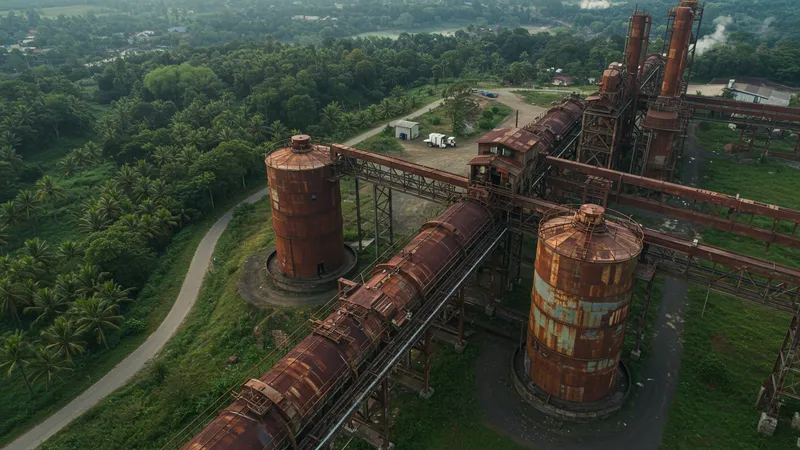
Environmental experts suggest that these materials could curb pollution, altering the way industries approach sustainability. This revolutionary angle positions Indonesia as a leader in green innovation, showcasing how environmental responsibility need not compromise performance. Yet, what does such a significant shift mean for ongoing global industry practices?
Critics express caution, pondering whether the world is ready to embrace such a paradigm shift or whether it could upend established economic models. Nonetheless, curiosity holds as more industries show interest in transitioning to these environmentally conscious methods, drawn by the simple yet profound advantages.
With international markets increasingly brandishing eco-friendly tendencies, the timing is perfect for Indonesia’s solutions to make their mark. But can these natural saviors live up to their potential, or is there a catch? What you discover next might just redefine your expectations.
While Indonesia’s innovations derive from nature, their capabilities compete fiercely with synthetic agents. In a surprising twist, industries initially skeptical of natural materials are experiencing a paradigm shift. The robustness of these products under extreme conditions has proven them valuable for even the most demanding applications.

Data shows industries adopting these anti-corrosive technologies have witnessed a rise in productivity slightly unexpected for products with such humble origins. This success challenges preconceived notions about natural solutions, proving that they can be as potent as they are pristine.
Interest continues to grow as researchers push the limits of these formulations, testing them in environments ranging from deep oceans to high altitudes. Each successful trial not only cements confidence but also spawns new possibilities, expanding the portfolio of applications beyond initial expectations.
The world now asks: Could Indonesia’s underdog innovation set off a ripple effect across sectors globally, revolutionizing traditional manufacturing, or is it simply a niche sensation? The answer might twist your perceptions even further.
Indonesia’s anti-corrosion breakthroughs are setting off ripple effects across global industries. Automobile manufacturers are already integrating these solutions into new models, enhancing the durability of crucial components while maintaining aesthetic appeal.
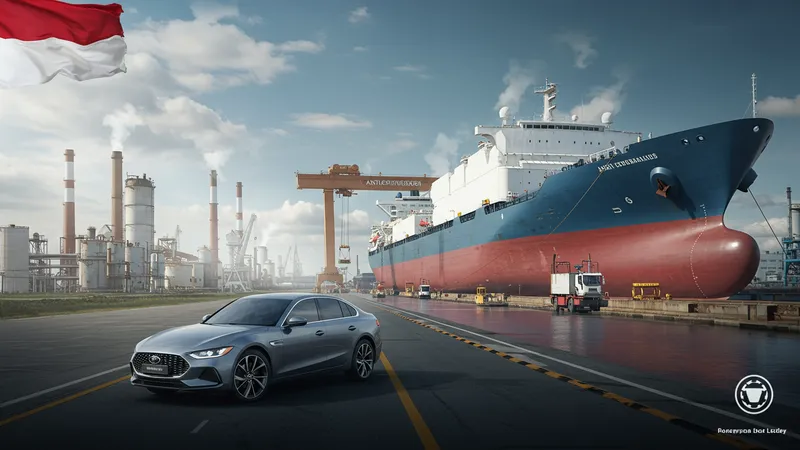
In the marine industry, ships are now exploring these coatings, not only because they extend vessel longevity but also due to their environmental benefits. These advances have stirred a significant interest in Indonesia, prompting global giants to reconsider their handling of long-standing corrosion challenges.
The aerospace sector, too, is not immune to Indonesia’s wave of innovation. R&D departments are investigating possibilities of employing these solutions, leading to potential breakthroughs that could redefine machinery endurance in aviation. But does this trend have legs, or is the world merely witnessing the initial phases of change?
As sectors adapt and embrace these advancements, Indonesia’s role in this burgeoning narrative continues to expand. This domino effect is more than a technological leap; it signifies an era where sustainability and tradition blaze new trails together. What happens when the world fully awakens to the magnitude of these innovations?
Amidst the optimism surrounding Indonesia’s advancements, are there potential pitfalls lurking beneath the surface? Industry analysts ponder the rapid commodification of these solutions could lead to a rush that pressures production volumes and strain resources.

The high demand for volcanic minerals can potentially disrupt ecosystems and local economies, straining the balance between industrialization and conservation. As investments pour in, the challenge becomes managing growth in a way that sustains the environment and indigenous communities.
Policymakers face complex dilemmas; regulations must protect resources while enabling innovation, ensuring the breakthrough doesn't become its downfall. Balance is key, and devising strategies that nurture this equilibrium presents a unique challenge that no country has tackled on this scale.
For all its potential, will this novel discovery remain beneficial, or will unforeseen challenges overshadow its initial promise? One thing is certain: the twists and turns of Indonesia's story are far from over. The outcomes could redefine standard practices and expectations in ways few have imagined.
Amidst the technological marvels, it's crucial to recognize the human element driving these innovations. Local communities, once guardians of traditional knowledge, continue to play an active role in their development and deployment.

Empowerment projects turn these communities into stakeholders, benefitting from the economic boom in ways that bolster social equity. Knowledge exchanges fuel mutual respect, ensuring local wisdom remains integral throughout the innovation continuum.
Educational initiatives have also been set up in collaboration with universities, fostering a next generation of innovators who understand and appreciate both sides of this technological marriage. These developments emphasize humanity's role not as observers, but as key participants in progress.
How sustainable will this integration be as external forces arrive and potentially disrupt established dynamics? Only time will tell. What happens next as communities and technology intertwine promises to be an inspiring twist in an already remarkable tale.
The larger implications of Indonesia’s anti-corrosion innovations stretch beyond mere material advancements. Globally, industries are rethinking their approaches to durability and sustainability, adopting these solutions not just as preventative measures but as catalysts for reliable growth.

This forward-thinking perspective fosters a fertile ground for cross-border collaborations as countries strive to emulate Indonesia’s successes. These initiatives challenge universities and corporations alike to further explore the synergy between traditional knowledge and technological prowess.
Despite these advances, questions about scalability outside Indonesia's unique geographic context remain. Can these innovations transcend borders and habitats, or will they remain a product of a specific environment?
One might wonder if this is a pivotal moment for embracing multicultural inputs in innovation, reflecting a future where old and new worlds continuously harmonize. Are we merely realizing the potential of what’s possible, or are there even larger revelations awaiting us?
The integration of innovative anti-corrosion technologies represents potential market shifts, offering businesses avenues to differentiate themselves. Analysts predict these unique formulations could spark new trends in consumer behavior, seeking solutions marrying excellence with environmental stewardship.
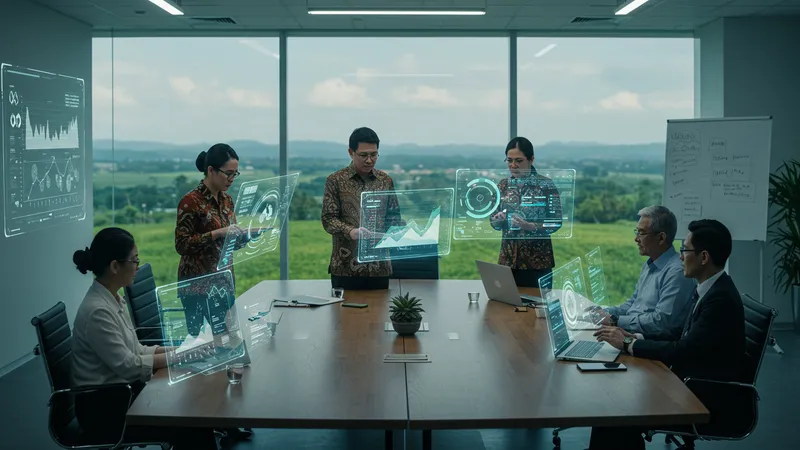
Market leaders across sectors analyze Indonesia's model, strategizing how to capitalize on burgeoning green technology markets. The impact of these products in consumer goods, infrastructure, and utilities sectors could set new standards for ecological products worldwide.
As investors pivot towards sustainable ventures, these innovations pave the way for fresh economic narratives filled with opportunities and challenges alike. The balance between profit and ethical considerations plays out in boardrooms and policy discussions around the globe.
Will this represent the dawn of an era where sustainability becomes synonymous with success in market strategies? A larger transformation seems to be looming on the horizon, one that could redefine success metrics across industries, resonating far beyond current forecasts.
With so much promise, the future scope for Indonesia’s innovations is filled with potential that industry insiders find thrilling. Imagine integrating these solutions into infrastructure mega-projects around the world, reshaping cityscapes and environmental footprints alike.

The advent of a corrosion-resilient world could alleviate chronic issues faced in infrastructure maintenance, potentially saving billions across various sectors, from construction to transportation, and creating a legacy of lasting impact.
But just how ready is the global market to fully embrace these solutions, and what resistance—if any—will innovation pioneers face? Internal and external stakeholder perceptions could drive the narrative and adoption pace outside of Indonesia.
Will the journey toward widespread adoption bring untold riches or unforeseen challenges? Either way, the stakes are high, and what lies ahead will likely revolutionize not just industries but consumer lifestyles globally.
As this tale winds down, one can't help but sense that what Indonesia offers is bigger than the sum of its parts. It’s a powerful reminder that innovation lies not in what’s completely new but often in rediscovering and repurposing the old with a fresh perspective.
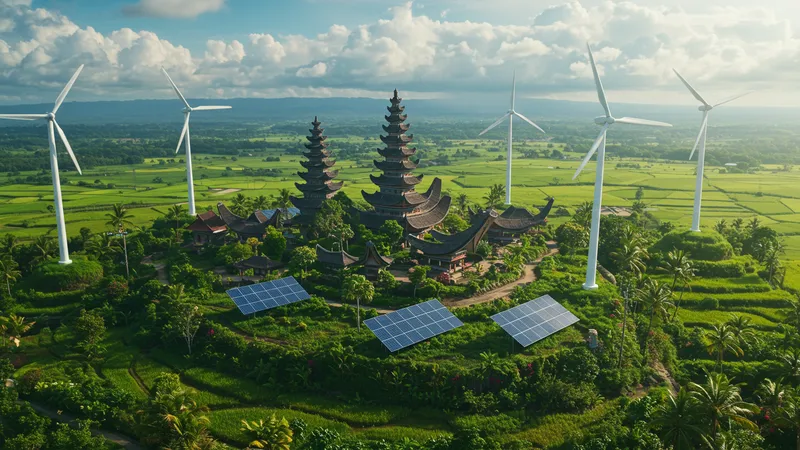
The world looks on as Indonesia continues to lead this charge towards a sustainable future, teaching others that sometimes the most groundbreaking solutions come from the convergence of the past and the present.
For those keen to explore or invest, this is more than just an opportunity; it’s a call to action. Industries far and wide must consider how they, too, can integrate traditional insights with modern needs.
What happens next could rewrite the playbook for innovation and industry. If you've been stirred by this revelation, share this story, spark a conversation, and join the movement towards a more sustainable tomorrow.